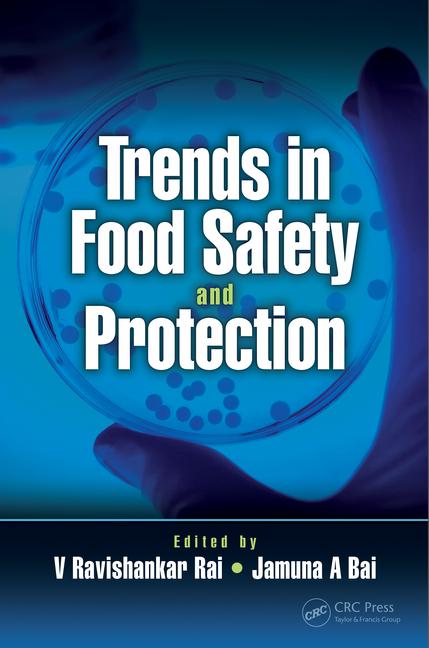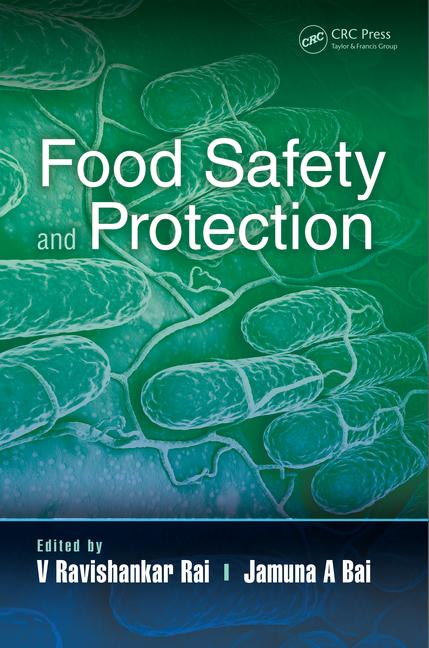Summary of Pesticides Found in U.S. Food Supply Based on FDA Monitoring in FY 2022

Image credit: aleksandarlittlewolf via Freepik
The U.S. Food and Drug Administration (FDA) has published its latest Pesticide Monitoring Program (PMP) report covering fiscal year (FY) 2022. Testing and analysis of human foods conducted between October 2021 and September 2022 found 96.2 percent of domestic samples and 89.5 percent of imported samples to be compliant with pesticide residue tolerances set by the U.S. Environmental Protection Agency (EPA).
In FY 2022, FDA analyzed 2,800 human food samples, 731 of which were domestic and 2,069 of which were imported, collected from 41 states and originating from 81 countries, respectively. Foods from California represented the greatest number of domestic samples (138 samples), followed by Illinois (105), Kansas (63), New York (56), and Florida (29). The greatest number of import samples were sourced from Mexico (827 samples), followed by Canada (185), China (141), India (87), and Peru (68).
No pesticide chemical residues were detected in 42.7 percent of domestic samples and 44.6 percent of import samples, but in some human food commodity groups, import samples showed a markedly higher rate of pesticide residue tolerance violations, affirming FDA’s targeted PMP strategy, per the agency. FDA intentionally samples and tests a greater number of foods belonging to certain commodity groups and foods from exporting countries that are more likely to be in violation of EPA tolerances.
Historically, the violation rate of import samples is 3-5 times higher than the rate for domestic samples; in FY 2022, violative residues were detected in 3.8 percent of domestic samples and 10.5 percent of import samples, consistent with previous years.
Human Food Sample Results
The fruits and vegetables commodity groups comprised 75.5 percent of domestic human food samples included in the FY 2022 PMP report. For the 731 domestic human food samples, FDA found:
- 38.6 percent and 6.5 percent of 355 vegetable samples contained no detectable residues and violative residue levels, respectively
- 20.3 percent and 1.5 percent of 197 fruit samples contained no detectable residues and violative residue levels, respectively
- 69.3 percent and 2.7 percent of 75 “other” samples, comprising mostly nuts and seeds/seed products, contained no detectable residues and violative residue levels, respectively
- 90.9 and 0 percent of 66 total dairy/eggs samples contained no detectable residues and violative residue levels, respectively
- 44 percent and 0 percent of 25 total grains samples contained no detectable residues and violative residue levels, respectively.
In FY 2022, 74 percent of analyzed samples were imports. Of the 2,069 imported human food samples, FDA found:
- 42.7 percent and 12.6 percent of 1,165 total vegetable samples contained no detectable residues and violative residue levels, respectively
- 35.8 percent and 7.5 percent of 604 total fruit samples contained no detectable residues and violative residue levels, respectively
- 67.9 percent and 8.8 percent of 137 “other” samples, comprising mostly nuts and seeds/seed products, contained no detectable residues and violative residue levels, respectively
- 58 percent and 12.5 percent of 88 total grains samples contained no detectable residues and violative residue levels, respectively
- 85.3 percent and 2.7 percent of 75 total fish samples contained no detectable residues and violative residue levels, respectively.
Pesticides of Concern in Human Food Samples
In FY 2022, FDA’s methods for pesticide testing were able to detect 757 pesticides and industrial chemicals, 209 of which were found in human food samples. Azoxystrobin and imidacloprid were tied for the most frequently detected chemicals, found in 256 foods each. Controversial insecticide chlorpyrifos—an EPA ban for the chemical was overturned by a U.S. appeals court in late 2023—was the 11th most detected pesticide, found in 111 samples.
Other pesticides of concern, fungicide difenoconazole and herbicide glyphosate (the active ingredient in Roundup), were found in 109 and 54 samples each, representing the 12th and 31st most detected chemicals. Both difenoconazole and glyphosate have been targeted in lawsuits filed against EPA by the Center for Food Safety, which dragged out into 2022 and into 2023, respectively.
Animal Feed Sample Results
Regarding the 230 total animal feed samples included in the FY 2022 PMP report, 113 samples were domestic, and 117 samples were imports. No residues were found in 43 (38.1 percent) of the domestic samples, and five (4.4 percent) of the samples were violative. Of the import samples, 59 (50.4 percent) contained no residues and no samples were violative.
The violation rate of 4.4 percent for domestic animal feed in FY 2022 is greater than the violation rate of 0 percent in FY 2021 and FY 2020. Samples containing levels of residues exceeding EPA tolerances included three whole and ground grains/seeds, and two plant products/byproducts. Glyphosate was the most commonly detected chemical, found in 65 samples.
Looking for a reprint of this article?
From high-res PDFs to custom plaques, order your copy today!









